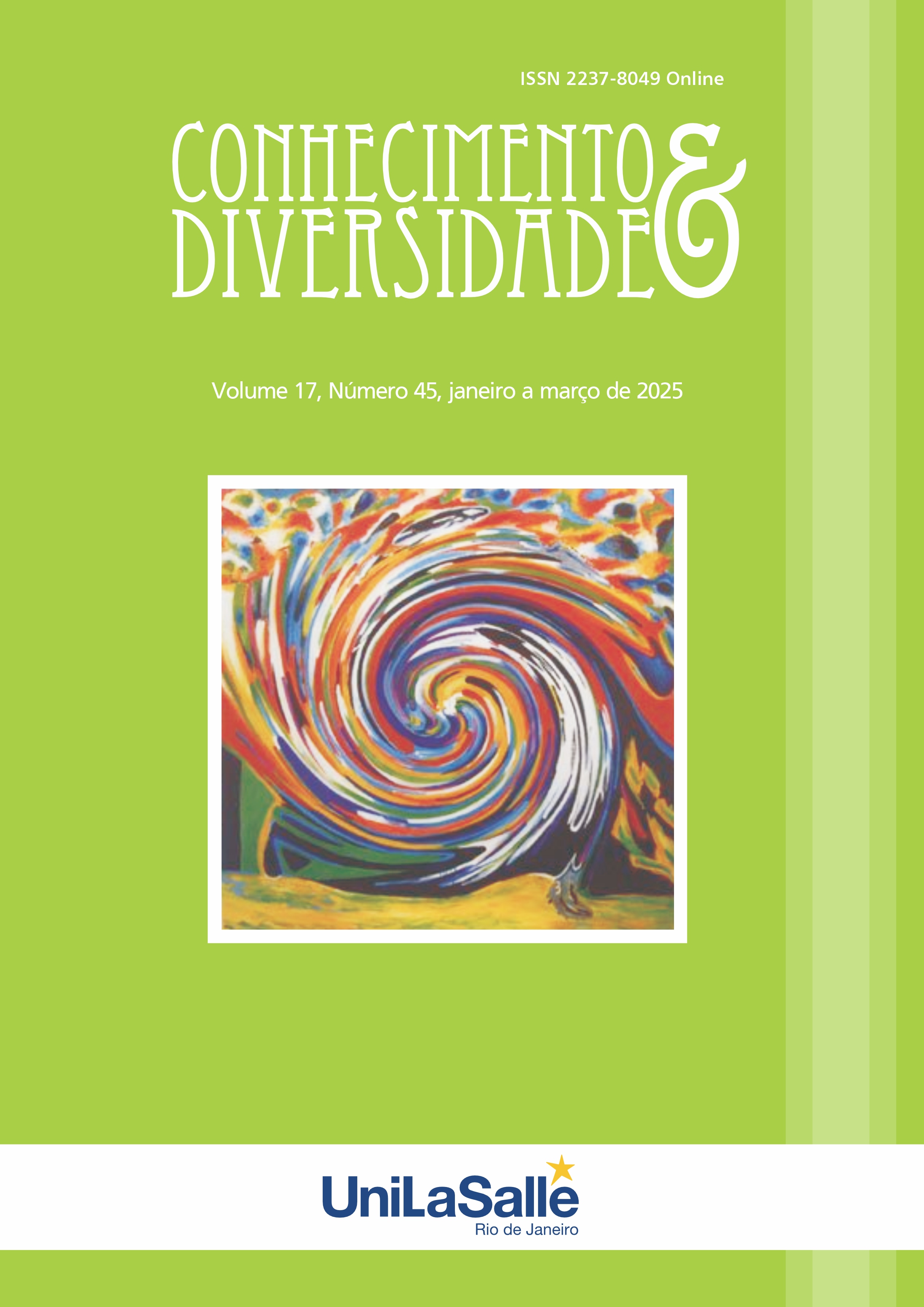EDUCATIONAL FUNCTIONS OF HISTORICAL NOVELS
“IHTIYAR SAVAŞÇI” (THE OLD WARRIOR) BY CENGIZ DAĞCI AND “SULTANMURAD” BY CENGIZ AYTMATOV
DOI:
https://doi.org/10.18316/rcd.v17i45.12440Keywords:
History, Novel, Education, Cengiz Dağcı, Cengiz AytmatovAbstract
In its most general sense, a nation is a group of people who live on the same territory and share a common culture and history. In order for people living on a certain territory with defined borders to be called a nation, they must share the same historical memory and a common culture and frame of mind. Several elements that play an active role in the formation of nations are also elements that contribute to the formation of national identities. While personal identity reveals the characteristics of an individual, national identity or cultural identity emerges as a set of characteristics formed by a nation's perceptions, way of thinking, lifestyle, value judgments and rules. Literature is one of the most important cultural elements that establish a society. The artist is both influenced by society and he/she gives it direction. Cultural values are generally conveyed to future generations through novels with historical context; therefore, literary works make colossal contribution to the formation of national identity. In this context, it is seen that especialy novels with historical context serve an important didactic function and should be considered as a complementary element for history courses offered at schools. Novels with historical content tell the stories of people who lived in the past in a fluent style and in detail, through historical events, which is essential in terms of cultural transfer and history teaching. Students prefer learning from a succesfully written historical novel in a more vivid and comprehensive manner instead of learning from a textbook with a dry and insipid narrative. “İhtiyar Savaşçı” by Cengiz Dağcı and “Sultanmurad” by Cengiz Aytmatov, which constitute the subject of the study, are among the most important literary works of the Turkish world which display how negativey people are affected by wars. The works, which were examined using the document analysis technique in accordance with the qualitative approach, provided very important data, especially in terms of cultural transfer. In both novels, written in an extremely striking style, the authors conveyed the common cultural values of the Turkish world to the readers, while at the same time underlining the painful events experienced in the Turkestan geography as a result of the brutal policies implemented by the Soviet Union during the Second World War, and pioneered the raising of awareness for some historical facts among the youth.
References
Arslan, M. and Erdem Kük, D.G. (2021). The Tradition of Praying in Turkish Culture: From Alkish to Gulbank. Journal of Alevism-Bektashism Studies. 24 (Dec. 2021), 114–140.
Aslan, İ. (2014). Edebiyat ve Tarih İlişkisi: Edebi Metinleri Yeni Tarihselcilik Odağında Okumak. Tarih ve Uygarlık İstanbul Dergisi (6), 255-264.
Aytmatov, C. (2022). Sultanmurat. İstanbul: Ötüken Yayınları.
Balkan, A. Y. (2013). Hayattan Esere Cengiz Aytmatov. Turkish Studies, 2621-2628.
Dağcı, C. (2018). İhtiyar Savaşçı. İstanbul: Ötüken Yayınları.
Dalar, T. (2020). Tarihi ve Kurmaca Gerçeklik Bağlamında Tarihi Roman. Atatürk Üniversitesi Edebiyat Fakültesi Dergisi (65), 377-387.
Dilek, D., & Yapıcı, G. S. (2005). Öykülerle Tarih Öğretimi Yaklaşımı. Dokuz Eylül Üniversitesi Buca Eğitim Fakültesi Dergisi (18), 115-130.
Düşmez, Ö. A. (2023). Türk askerî terminolojisinde “çerig” sözcüğü üzerine notlar. Hatay Mustafa Kemal Üniversitesi Sosyal Bilimler Enstitüsü Dergisi, 20(51), 20-32.
Güven, Ö., & Hergüner, G. (1999). Türk kültüründe avcılığın temel dayanakları. Pamukkale Üniversitesi Eğitim Fakültesi Dergisi, 5(5), 32-49.
Şimşek, A. (2004). İlköğretim Okulu Sosyal Bilgiler Dersi Tarih Konularının Öğretiminde Hikâye Anlatım Yönteminin Etkililiği. Türk Eğitim Bilimleri Dergisi, 2(4), 495-509.
Sümbüllü, Y. Z. (2010). Eski Türklerde defin şekilleri üzerine bir inceleme. Atatürk Üniversitesi Sosyal Bilimler Enstitüsü Dergisi, 4(2), 61-72.
Yıldırım, A. ve Şimşek, H. (2013). Nitel araştırma yöntemleri. Ankara: Seçkin Yayıncılık.
Downloads
Published
Issue
Section
License
Copyright (c) 2025 Burak Gökbulut, Mustafa Yeniasır

This work is licensed under a Creative Commons Attribution 4.0 International License.
As recommended by the Public Knowledge Project, RCD adopts for its articles a CREATIVE COMMONS Attribution CC BY 4.0 license.
This license allows others to distribute, remix, adapt and build upon your work, even commercially, as long as they credit you for the original creation.
This is the most appropriate license offered.
Recommended for maximum dissemination and use of licensed materials.



